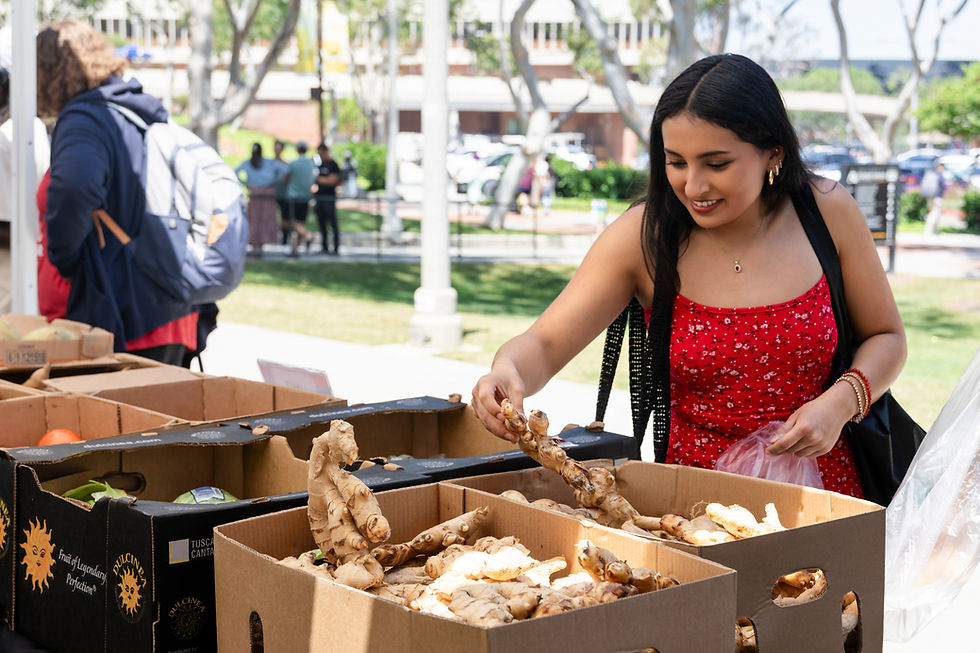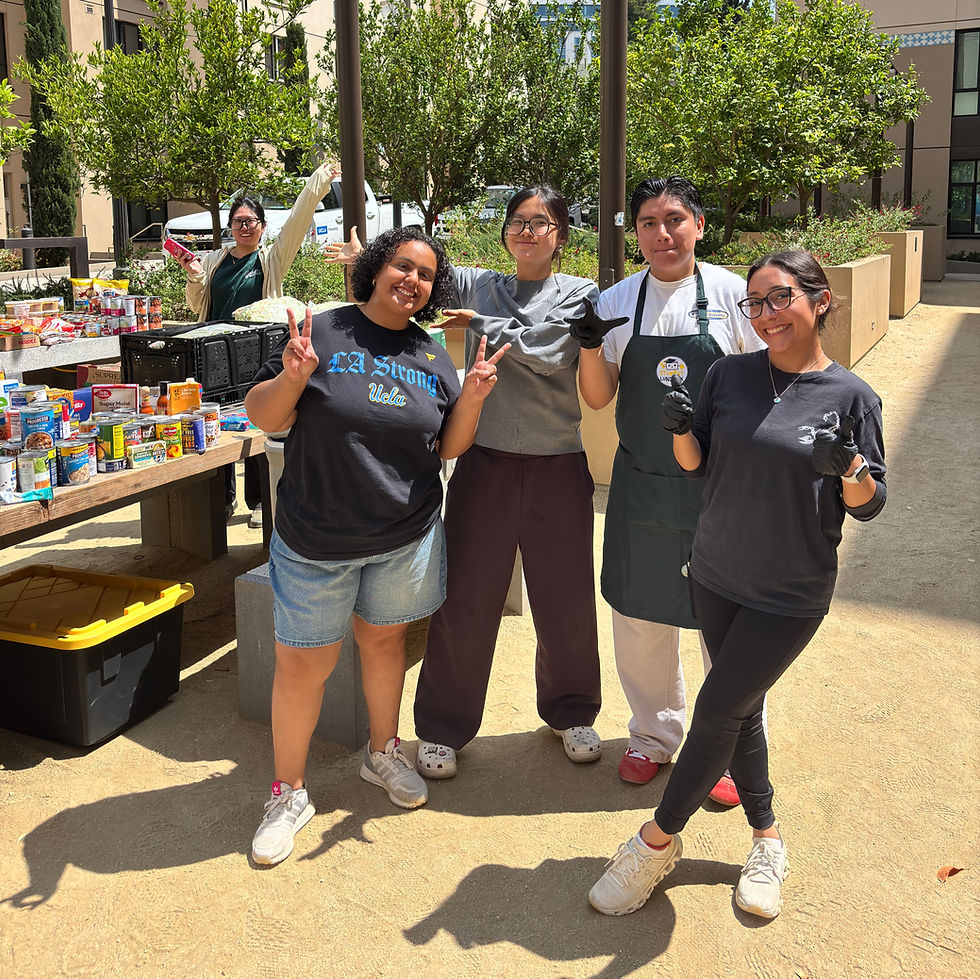Stretching Your Resource Dollars: A Practical Guide for College Students Facing Food Insecurity
- Kelly Alarcon

- Jul 20
- 3 min read
Let’s be real, college life is expensive. Between textbooks, rent, tuition, and transportation, food often becomes the last priority. If you're struggling with food insecurity, you're not alone. Many students across the U.S. are navigating similar challenges. This blog is here to help you stretch your resource dollars, whether it’s your paycheck, financial aid, or CalFresh benefits.
Learn more about CalFresh eligibility.
💡 What Are Resource Dollars?
Resource dollars include:
● Your part-time income
● Financial aid refunds
● CalFresh (known federally as SNAP, the Supplemental Nutrition Assistance Program)
● Food pantry items in your community
● College food pantries that offer a variety of food staples for student use. Be sure to check if your campus partners with Student LunchBox. If it does, SLB provides weekly deliveries of groceries and fresh produce, allowing you to access nutritious food directly on campus without needing to travel off-site.
Regardless of the source, you can make these resources work more effectively for you.
🥗 Why Nutrition Still Matters, Even on a Tight Budget
When you're short on funds, it's tempting to reach for fast food or cheap snacks. But eating balanced meals helps you:
● Focus better in class
● Maintain your energy levels
● Prevent illness and burnout
● Save on long-term healthcare costs
Your body and brain need nutrients, not just calories, to thrive.
🛒 Smart Ways to Stretch Your Food Budget
1. Cook at Home (or in Your Dorm)
Microwave, rice cooker, or hot plate—whatever you've got, use it.
✅ Cooking for yourself saves money and gives you control over ingredients.
2. Shop Strategically
● Prioritize store-brand or generic labels
● Stock up on items like rice, pasta, oats, and frozen vegetables
● Use your student ID for discounts where available
● Check your school's food pantry, community fridge, or meal voucher programs
3. Plan Ahead
● Make a simple weekly meal plan based on what's already in your pantry
● Use leftovers for lunch or freeze them for later
● Avoid wasting food to save more cash
🍎 Budget-Friendly, Nutrient-Dense Staples
These foods are affordable, shelf-stable, and nutritious:
● Dry or canned beans
● Lentils
● Brown rice or whole wheat pasta
● Canned tuna or salmon
● Peanut butter
● Frozen fruits and vegetables
● Plain yogurt
● Oats
These staples can be mixed, matched, and stretched across multiple meals.
🌍 Reduce Waste, Save Money, Support the Planet
● Store perishables properly
● Repurpose leftovers
● Only buy what you can realistically eat
Reducing food waste saves money and lessens your environmental impact.
🧠 Quick Tips to Stay on Track
● Apply for CalFresh; many students qualify
● Check for student discounts at grocery stores
● Visit campus wellness centers for food and nutrition resources
● Batch cook on weekends to reduce stress during the week
● Swap recipes and food with roommates or friends
Final Takeaway
Stretching your resource dollars doesn't mean sacrificing your health. It means learning to shop smarter, cook creatively, and plan. As a college student facing food insecurity, your health and success depend on what you fuel your body with.
With a few intentional changes, you can eat well, stay focused, and get through college even on a tight budget.
By Kelly Alarcon.
Kelly Alarcon is a dedicated nutrition educator with a passion for promoting healthy eating habits. She serves as a board secretary at Student LunchBox. With a background in nutritional science, Kelly has spent over three years bringing nutrition education to underserved communities. Kelly believes that understanding nutrition is essential for lifelong health and is committed to providing accessible information to help individuals make informed food choices.






